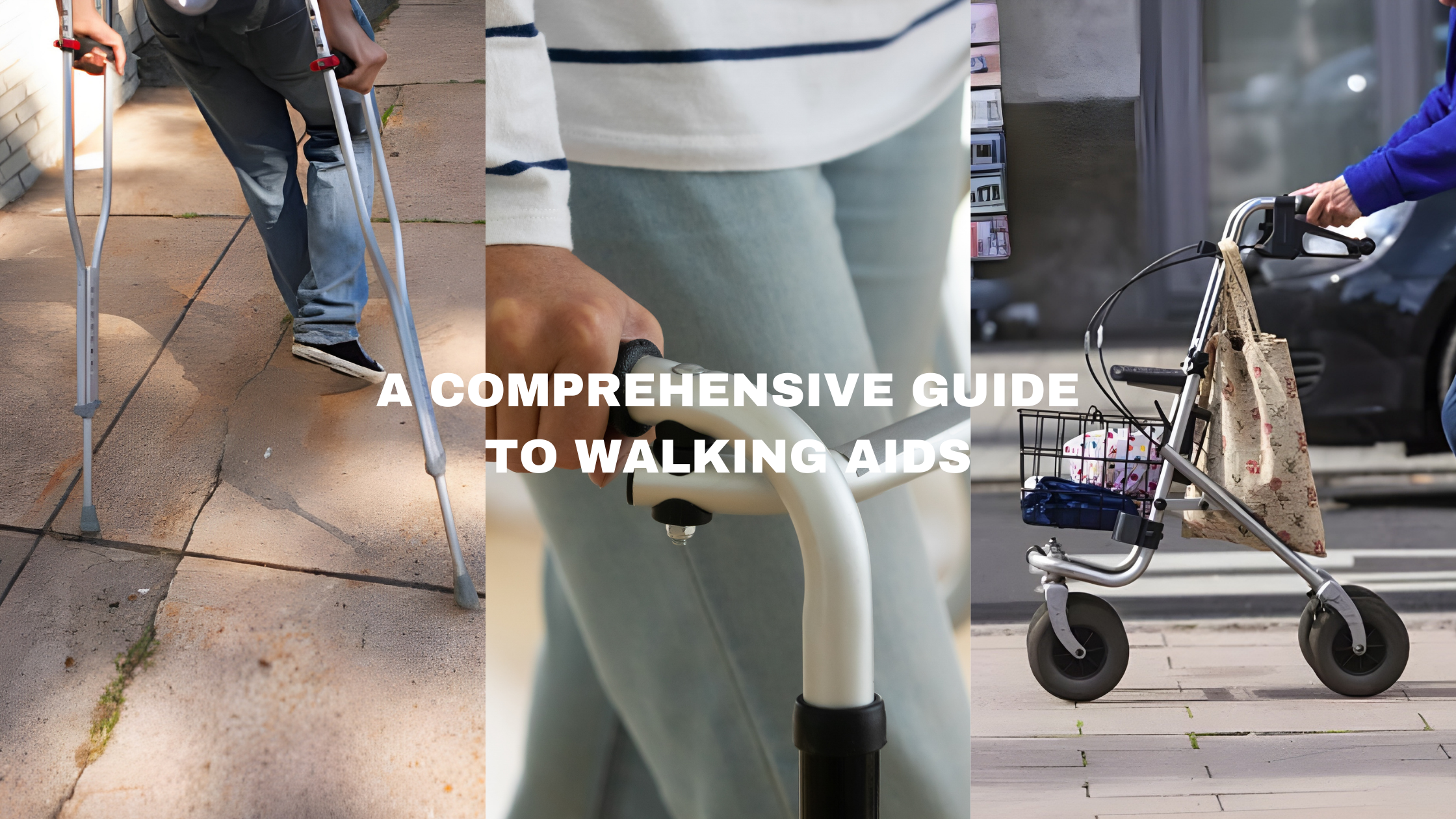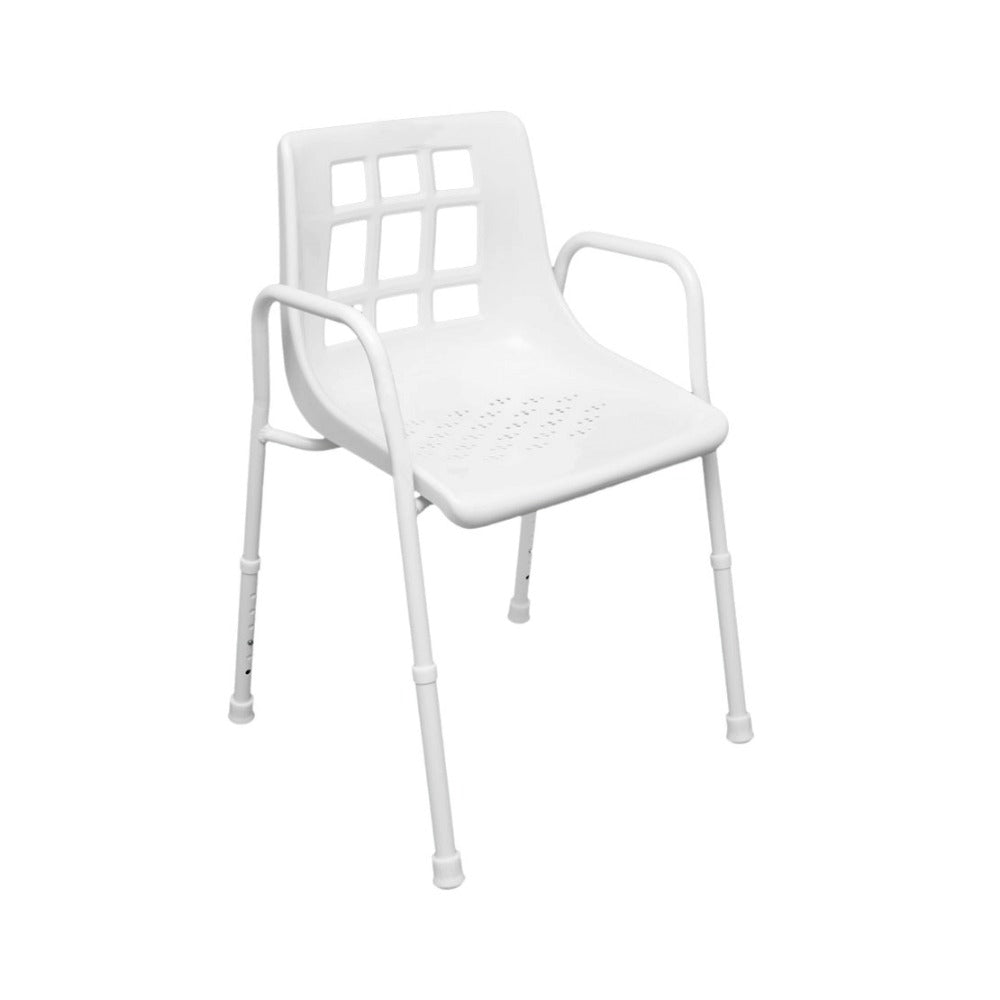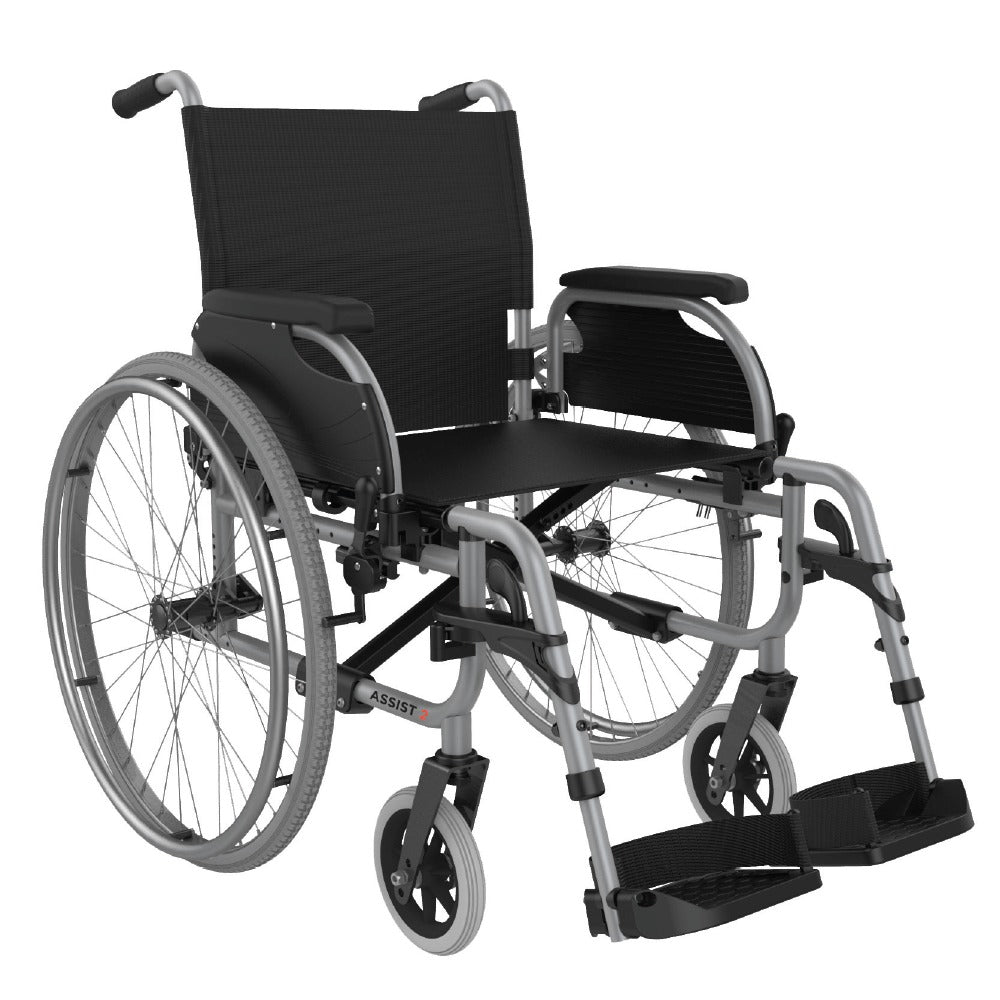Menu

A Comprehensive Guide to Walking Aids: Enhancing Mobility with Comfort and Stability
Mobility can become a challenge for many individuals due to aging, injury, or medical conditions. Fortunately, walking aids provide crucial support and balance, helping people regain independence and move through their daily lives with greater ease.
In this article, we’ll explore the different types of walking aids available, how to choose the right one for your needs, and tips for using them effectively.
What are Walking Aids?
Walking aids are devices designed to assist individuals who have difficulty walking unassisted. They are typically used by people recovering from surgery or injury, those with chronic conditions such as arthritis, or elderly individuals with balance issues.
Walking aids come in various forms, including crutches, rollators & seat walkers, walking frames, and walking sticks & canes. each catering to different levels of support and mobility needs.
Types of Walking Aids
Crutches
Crutches are used primarily for individuals who cannot bear weight on one or both legs, often due to injury or surgery. They transfer weight from the legs to the upper body, allowing users to move without putting pressure on their injured limb.


Key Features:
- Adjustable height for a custom fit
- Available in underarm or forearm (elbow) crutches
- Lightweight materials like aluminium for easier handling
Best for: People recovering from leg injuries or surgeries, as well as those with temporary non-weight-bearing mobility needs.
Shop Crutches here.
Rollators & Seat Walkers
A rollator is a type of walker equipped with wheels, hand brakes, and often a seat, making it a versatile option for individuals who can walk but need extra support and frequent rest breaks. Rollators are ideal for outdoor use and can enhance mobility for people who enjoy walking longer distances.


Key Features:
- Includes a seat for resting when needed
- Hand brakes for safety and control
- Basket or pouch for carrying personal items
Best for: Individuals who need support for walking longer distances but also require regular rest breaks. Ideal for outdoor use and for those who can walk but need extra stability.
Shop Rollators & Seat Walkers here.
Walking Frames
Walkers offer more support than crutches, featuring a sturdy four-legged frame that surrounds the user and provides balance and stability on all sides. They are ideal for individuals who require maximum support, particularly those with severe balance issues.


Key Features:
- Four-legged frame for full support
- Foldable models for easier storage and transport
- Some walkers have wheels for smoother movement
Best for: Those needing strong support for standing and walking, particularly indoors or in small spaces where manoeuvrability is key.
Shop Walking Frames here.
Knee Walkers (Knee Scooters)
A knee walker or knee scooter is a great alternative to crutches for those who cannot bear weight on one leg. It allows the user to rest their knee on a padded platform while pushing themselves along with their good leg.

Key Features:
- Wheels for smooth movement
- Padded knee platform for comfort
- Brakes for controlled stopping
Walking Sticks & Canes
Walking sticks and canes are the most basic and widely used forms of walking aids. They are designed for individuals who can walk independently but need some assistance with balance or stability. These aids are popular among older adults and those with mild mobility issues, such as arthritis, hip pain, or a slightly unsteady gait.
Types of Canes:
-
Standard Canes: Straight walking sticks with a curved or T-shaped handle, ideal for light balance support.



-
Quad Canes: Canes with a four-pointed base for additional stability, often used by those with more significant balance concerns.



-
Folding Canes: Portable canes that fold up, making them easy to store or travel with.

Key Features:
- Lightweight materials like aluminum or wood for ease of use and portability
- Adjustable height options to ensure proper posture and comfort
- Ergonomic handles (e.g., T-shaped, derby, or offset) to reduce strain on the wrist and hand
- Rubber tips (ferrules) for better traction and reduced slipping
- Quad base (optional) for extra stability
Best for: Individuals with mild balance issues or joint pain, such as those recovering from knee surgery or those with arthritis. Walking sticks and canes are also great for those who don’t need full support but want extra stability on uneven surfaces or longer walks.
Shop Walking Sticks & Canes here.
How to choose the right Walking Aid
Selecting the right walking aid depends on your individual needs, mobility level, and lifestyle. Here are some key factors to consider:
1. Level of Support Needed
- Crutches are suitable for non-weight-bearing injuries.
- Rollators & Seat Walkers are ideal for individuals who need both support and mobility but can still walk independently.
- Walking Frames offer the most stability for those who require maximum support.
- Walking Sticks & Canes provide light support for those who need balance assistance.
2. Comfort
Ensure that the walking aid is comfortable to use for extended periods. Crutches should have padded handles and armrests, while walkers and rollators should be adjustable to the right height for proper posture.
3. Portability
If you need a walking aid that is easy to transport, look for foldable walkers or lightweight rollators. Many models can be collapsed or disassembled for travel and storage.
4. Weight and Material
Walking aids made from lightweight materials like aluminum are easier to handle, while sturdier materials like steel offer enhanced durability for those needing extra stability.
5. Lifestyle Considerations
Consider how and where you’ll use your walking aid. If you need a device for outdoor activities, a rollator with larger wheels may be more suitable. For home use, a traditional walker may suffice.
Tips for safe and effective use
- Ensure Proper Fit: The walking aid should be adjusted to the correct height so that your arms are slightly bent when using it. This ensures good posture and reduces the risk of strain.
- Keep the Path Clear: Remove any obstacles, such as rugs or clutter, from your walking path to prevent trips or falls.
- Regular Maintenance: Check for wear and tear on rubber tips, wheels, or brakes, and replace any worn parts promptly to maintain safety.
Conclusion
Walking aids are essential tools for enhancing mobility and ensuring safety for individuals with balance or movement challenges. Whether you need crutches after an injury, a walker for maximum stability, or a rollator for outdoor mobility, there is a walking aid suited to your specific needs.
By choosing the right walking aid and using it correctly, you can regain independence and enjoy a more active, confident lifestyle.
Shop full range here.
- Choosing a selection results in a full page refresh.



















































